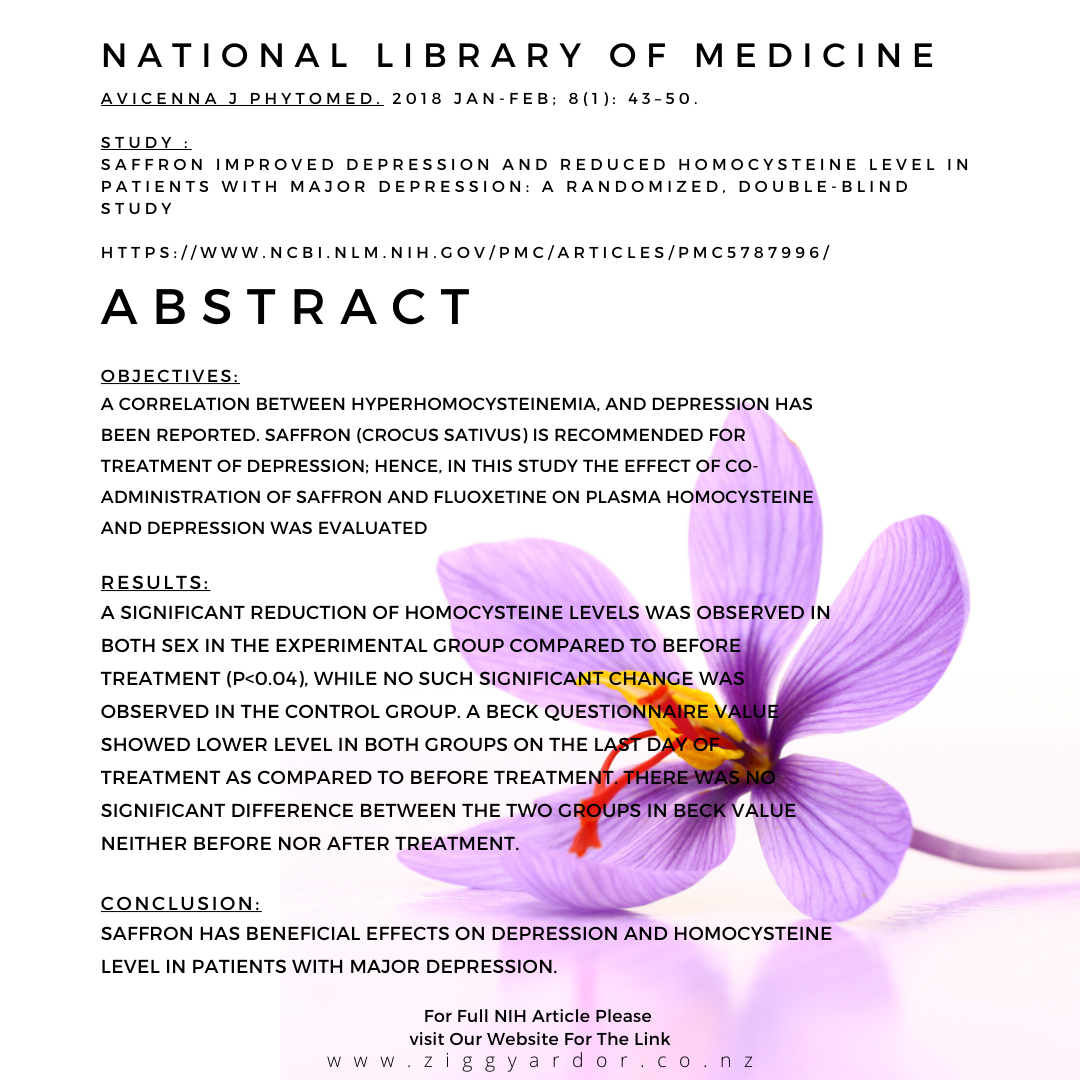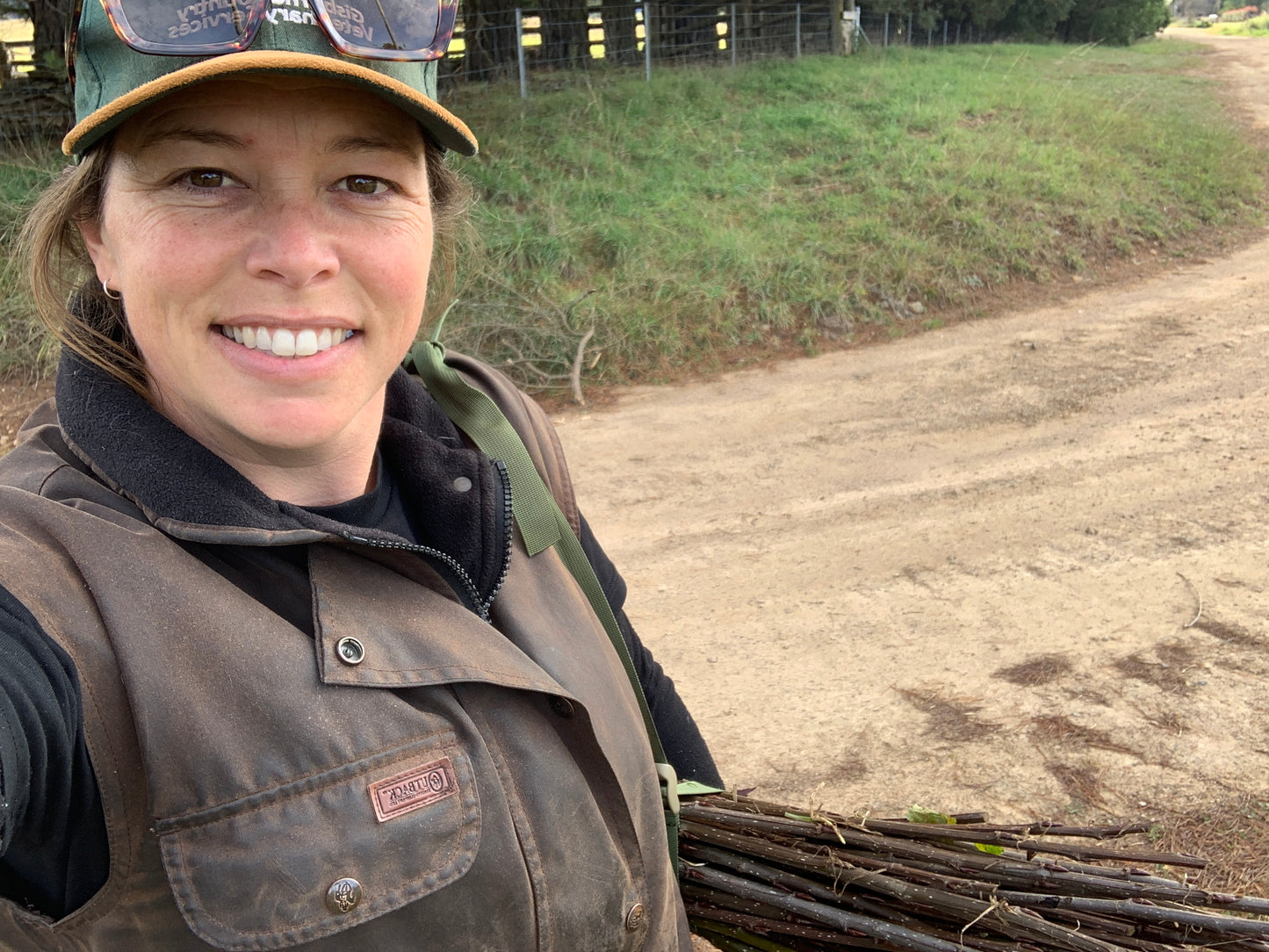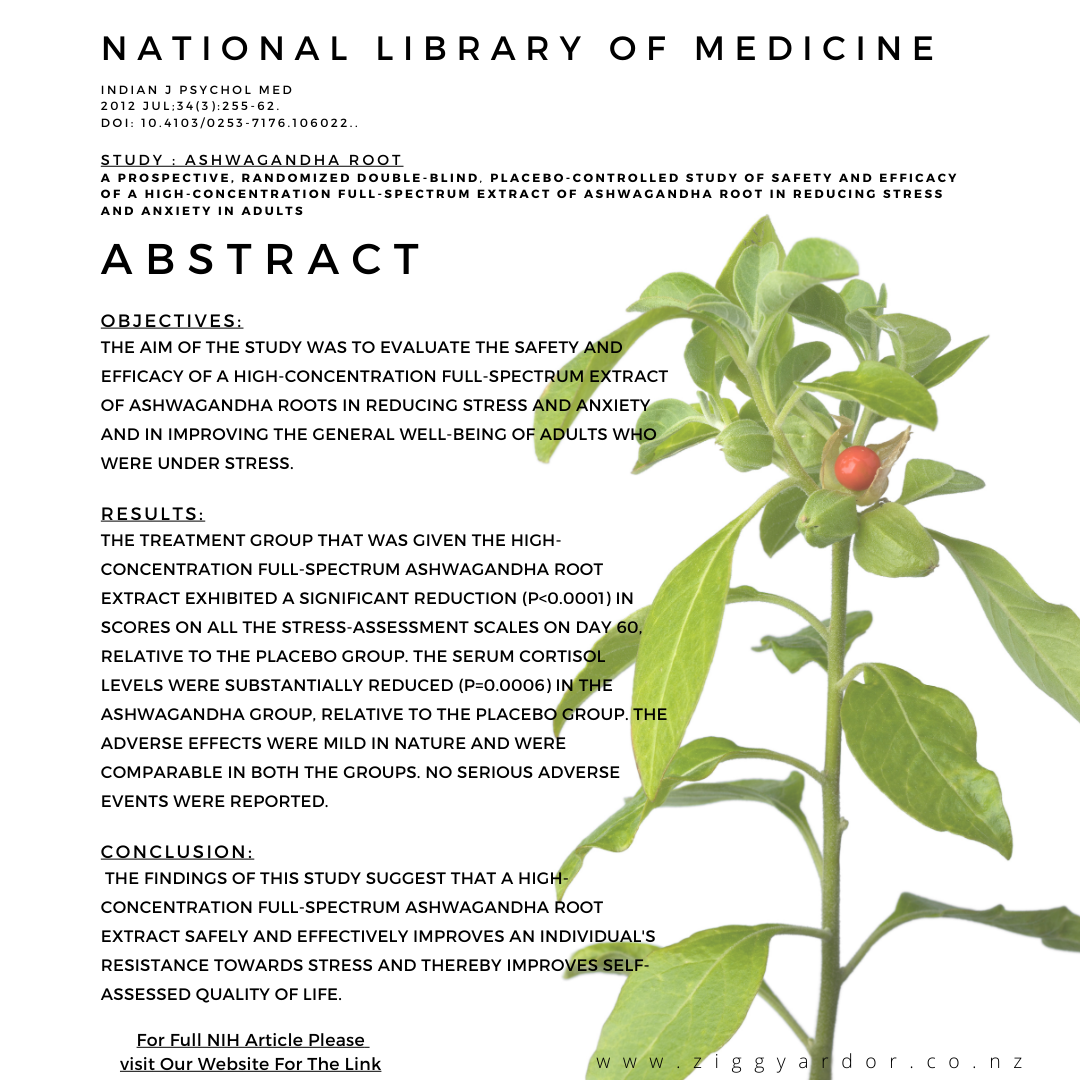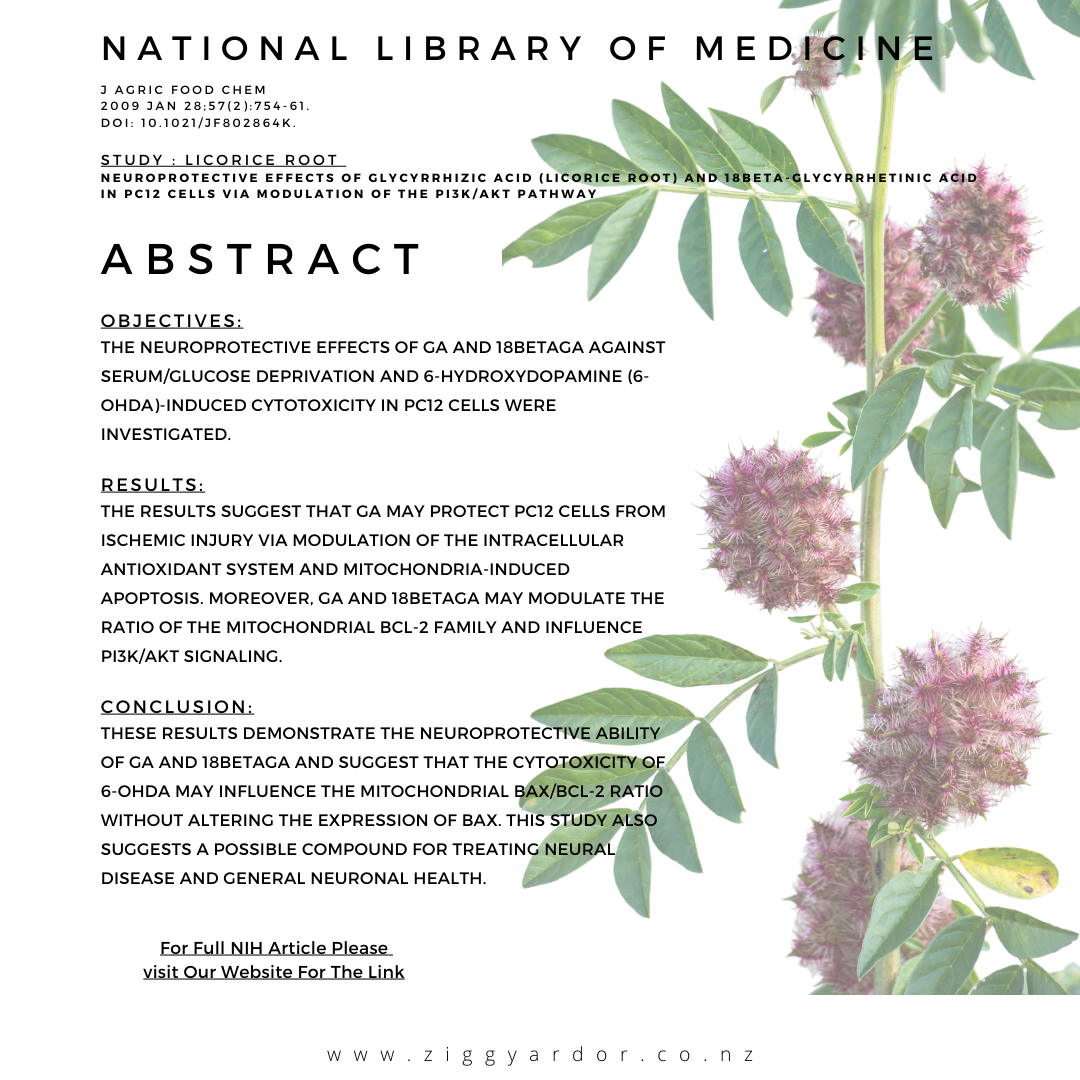

This store requires javascript to be enabled for some features to work correctly.
Recently I was given the opportunity to work in Australia for a week, on one of the highest quality Truffle Orchards. Since Truffles are my second favorite crop I had to go!
Years ago when I first started researching crops & Saffron, I also did quite a bit of research on truffles. They quickly fascinated me, but since they take longer to produce I opted to start growing saffron first. Recently the thought of growing truffles re-emerged and has been on my mind a lot, I contemplated where I should start off again with my research. What were my options to find the right people to teach me more about them.
Weirdly when you think about things enough they seem to find their way to you…….
Airbnb has introduced me to some wonderful people, something I never considered when I started last year. One of my guests just so happened to be a plant nerd like me!
We spoke about all things plants, about my saffron and my next project crop Truffles. Being a plant guru, I mentioned a couple of my hair brain idea's around truffle growing. He was very intrigued, understood my theories and could see the potential. This is when he disclosed he was a truffle grower. Since then I have dabbled in a bit of work for him & his friends, which led me to my Aussie Truffle Hunting Adventure.
I spent a week on the orchard pruning, planting, truffle hunting and observing. I learnt just as much quietly strolling round the orchard observing the environment as I did having in-depth conversations or hands on work.
I was delighted to be able to eat truffles in so many of my meals on the farm, we did some experimenting in the kitchen too……. I can't tell you with what though ;)

I fought some prickly blackberries, in the process of starting up a new row of hazelnut bushes. Mulched branches, marked trees for pruning, lit a bunch of small fires, planted poles and found a grumpy wombat who made a huge burrow between a bridge support and the gravel road. I think he will be very upset when his home caves in from the cars driving over it.
Like a lot of things in this world, truffles have had to work with their neighbors to survive. Being an underground mushroom makes it tricky for a truffle to access nutrients created by photosynthesis. So the truffle makes a deal with the neighboring Oak tree. In certain areas where soils are not favorable oak tree's also struggle to find nutrients they need. The deal is, the truffle gets to live on the root system of the oak as long as it provides the nutrients the oak needs. In return the oak provides the truffle with the nutrients created from photosynthesis that it can't produce itself.
This relationship is called symbiosis.
Growing truffles is not easy! And it takes 7 to 10 years before you MIGHT produce a truffle. You have to work really hard to create an ecological environment that will be favorable for the symbiosis relationship to be needed by the oak tree. Without this need from the tree, there would be no relationship required, or truffles produced.
It's all made that bit trickier as you can't see the truffle growing as you can see a seedling. Years down the track you may start to see signs that the truffle mycelia are present. Brules start to form where mycelia are developing, brules are round areas around the base of the tree where other plants stop growing. The grass and weeds start to die off when a brule is forming. This is just a sign that truffles may produce there one day, It is no a given though
Another fungi that uses symbiosis to survive & thrive!
They grow on the root systems of Pines.
They're are divine! I'd say in my top 3 of mushrooms. You don't see them regularly for sale though as they have a very short shelf life once picked. It's more a consumer problem than anything, they start to go a bit off colour rapidly after they're picked. Since people are so fussy and eat with their eyes, this is why they aren't regularly supplied in supermarkets. Mostly featured fresh in a restaurant or as an ingredient in boujee pasta. If you're lucky you might find some in the south island farmers market.
There is so much
still to learn about these wonderful little marsupials, although I didn't get
to spend as much time with the research team as I had hoped. I did learn some
interesting, potentially ground breaking information about
them.
Bettongs eat leaves, roots, fungi and insects, depending on where they live and
what variety they are.
They haven't been seen in this area for many years so it is great to see them
coming back. They need a lot of small shrubs and bushes to hide under for
protection from predators, so bush with good ground cover is a must for these
little guys. The reason they have made a return to this area is because the
farmer re-introduced a native scrub grass (similar to bullrushes) back to his
property, a grass the Bettongs love to call home.
The most interesting point that was raised, is that they seem
to work like little composting machines!
While digging and fossicking around they turn over a lot of leaf litter,
putting it back into the soil. Leaf litter is the main contributor to a lot of
bush fires in Aus. Which is why these little guys are so important, if there is
less leaf litter around to start fires. Then perhaps there will be less fires
or at least they might not get as wild or travel as far.
More research needs to be done to
understand how much work (composting) Bettongs can do in a day and what size
area, but this is a great start for Bettongs and the potential benefits they
may have in preventing forest fires.
This Bettong trial was on the edge of a national park which experienced
terrible fire damage last year. The neighboring properties were very lucky that
it stopped on the boundary. It could have been so much worse and travelled much
further if some of the brave locals hadn't decided to stay and fight to protect
there properties and neighbors.
The image below is a scent trial for the Bettongs to see what they're most
attracted to.
While I was there, one female was caught in a live trap for research purposes.
She was weighed, had a health check, a couple profile pics taken and then
released again.
I look forward to learning more about these little Kangaroo Rats and hope the
research and trials goes well. Wouldn't it be great if the eco system could be improved, have more balance, diversity, insure a species doesn't become extinct and help prevent forest
fires?
Sounds like a win to me!





